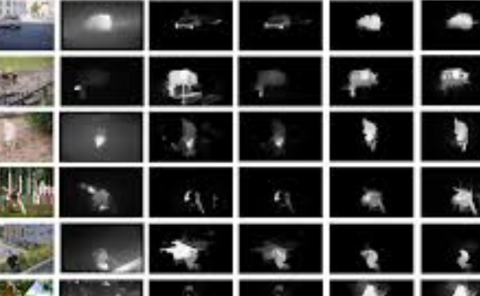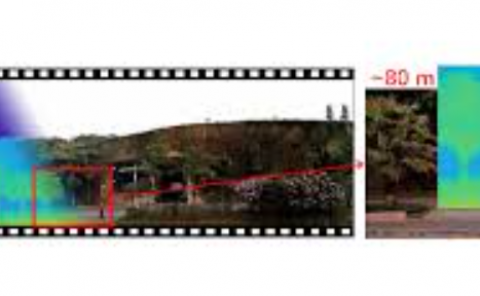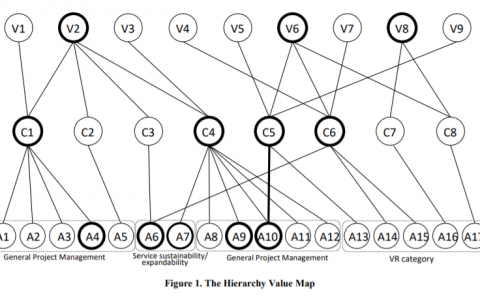Real-Time Adjustment of Tracking Offsets Through a Brain-Computer Interface for Weight Perception in Virtual Reality
PubDate: July 2022
Teams: The University of Texas at Austin;Meta
Writers: Meixu Chen; Richard Webb; Alan C. Bovik

Abstract
The requirements of much larger file sizes, different storage formats, and immersive viewing conditions pose significant challenges to the goals of compressing VR content. At the same time, the great potential of deep learning to advance progress on the video compression problem has driven a significant research effort. Because of the high bandwidth requirements of VR, there has also been significant interest in the use of space-variant, foveated compression protocols. We have integrated these techniques to create an end-to-end deep learning video compression framework. A feature of our new compression model is that it dispenses with the need for expensive search-based motion prediction computations by using displaced frame differences. We also implement foveation in our learning based approach, by introducing a Foveation Generator Unit (FGU) that generates foveation masks which direct the allocation of bits, significantly increasing compression efficiency while making it possible to retain an impression of little to no additional visual loss given an appropriate viewing geometry. Our experiment results reveal that our new compression model, which we call the Foveated MOtionless VIdeo Codec (Foveated MOVI-Codec), is able to efficiently compress videos without computing motion, while outperforming foveated version of both H.264 and H.265 on the widely used UVG dataset and on the HEVC Standard Class B Test Sequences.



